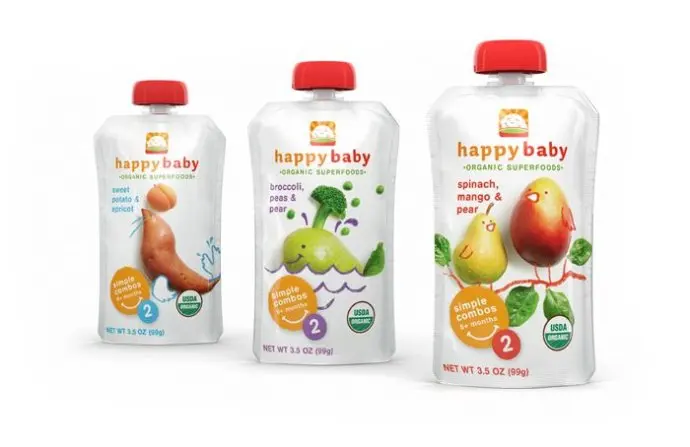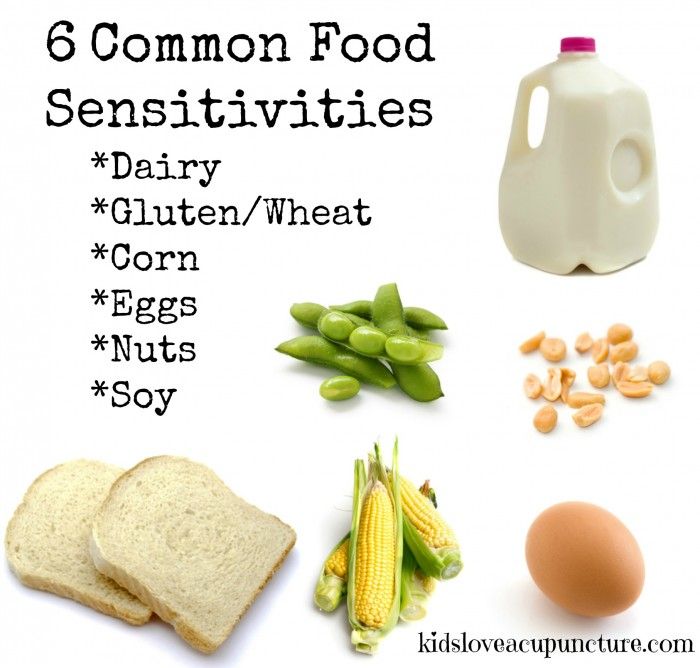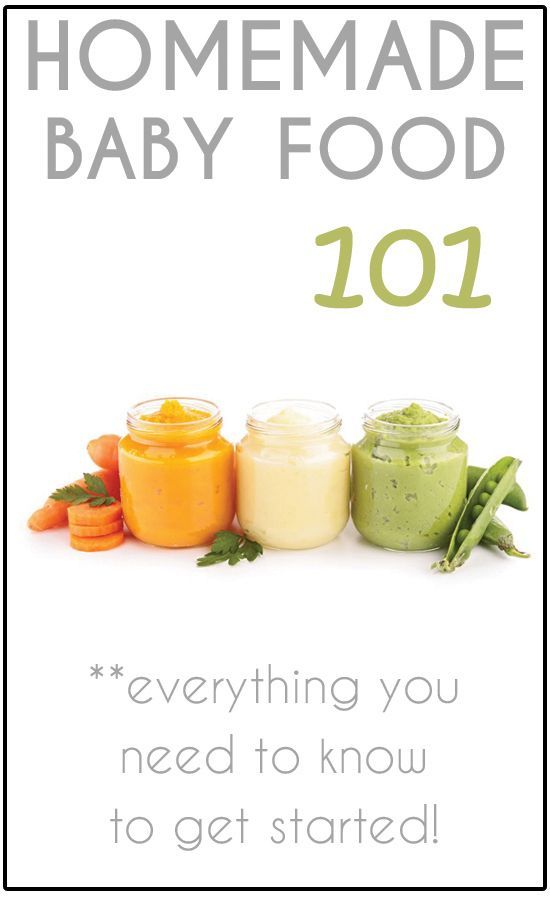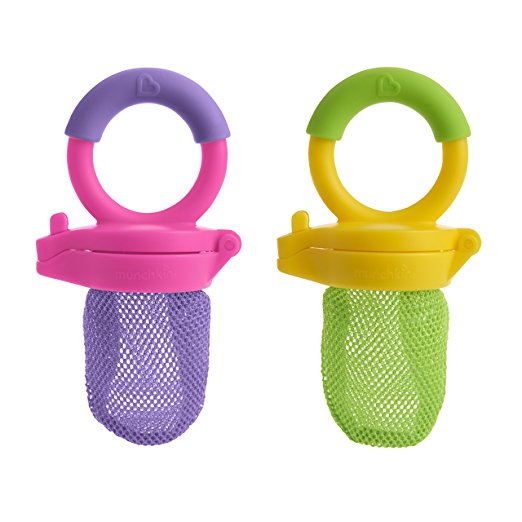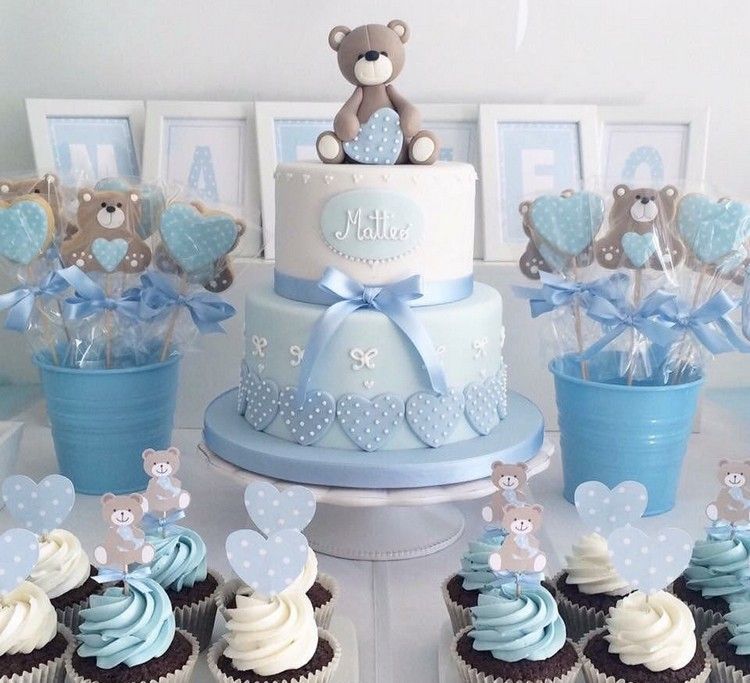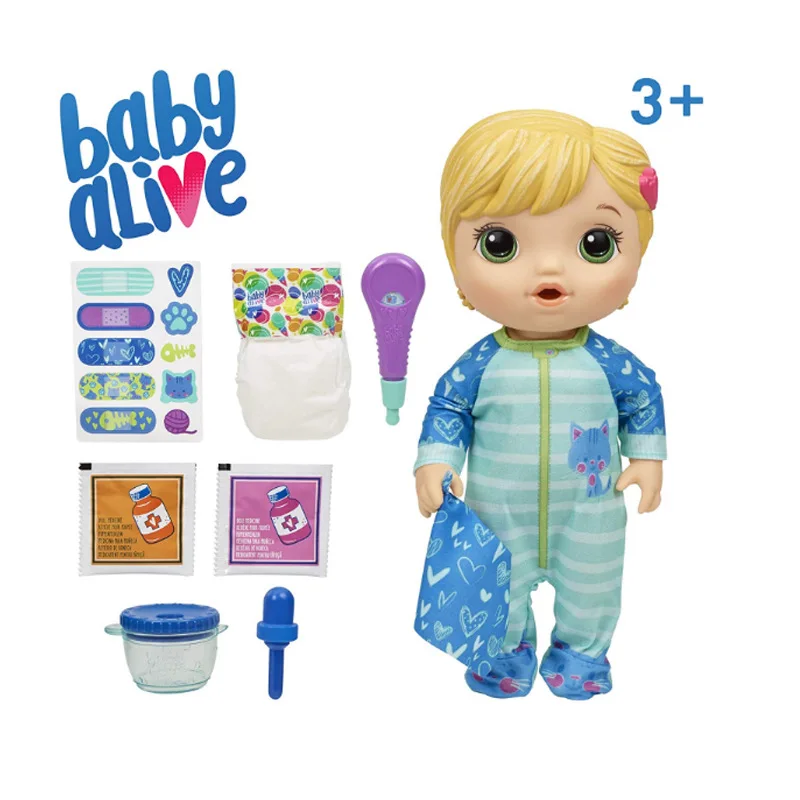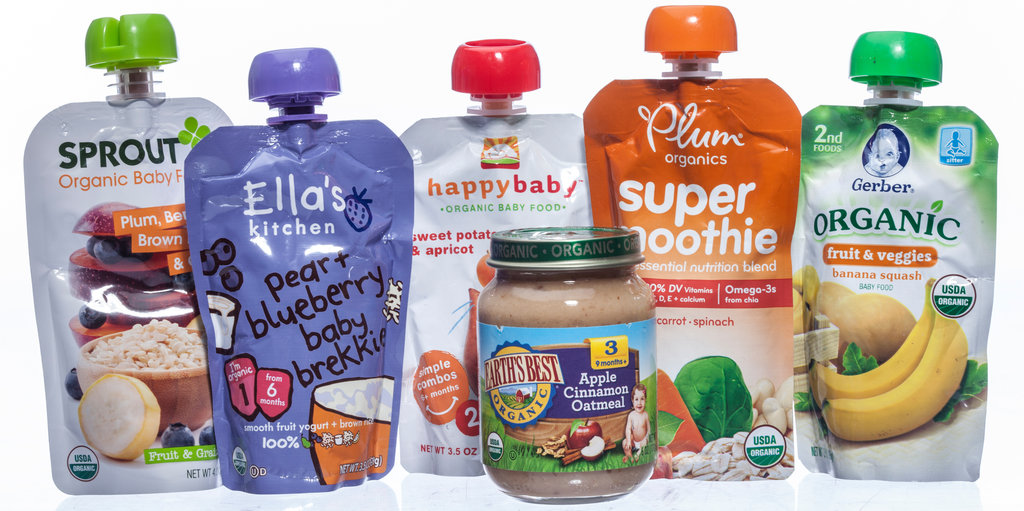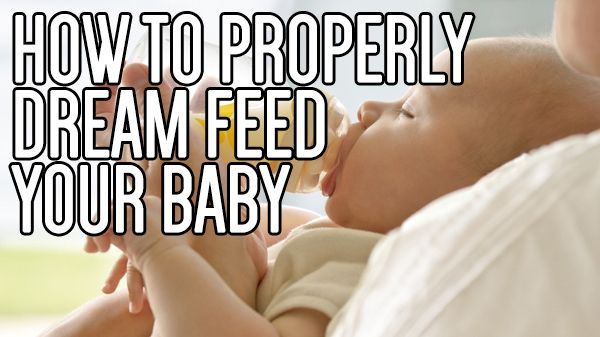Bird gotta feed the babies
Instructions For Hand-Feeding Baby Birds
More Bird Topics ▼
The idea of a new baby bird in the family is an exciting proposition that brings a new dimension to your life. However, if you decide to hand-feed your new pet, you will need some knowlege, a lot of patience, and a good diet for a growing bird.
Veterinarians and naturalists have developed techniques for hand raising nesting birds, and
there are now easy-to-use special baby bird formulas for feeding the ever-hungry little babies.
Higgins Intune Baby Bird Hand Feeding Formula and
Higgins Intune Hi Energy Baby Macaw Hand Feeding Formula
are super foods that meet the extraordinary nutritional needs of these unusually fast
growing babies. It is rice based (sourced from North America) and corn free. inTune® Natural Hand Feeding uses natural and healthy, high end sources for nutritional fat like coconut oil and macadamia nut meal. It is also the only commercial hand feeding formula on the market with natural banana & mango aroma.
The need to cook the formula has also been eliminated. It
can now be prepared with hot water!
Most baby birds arrive in the world wet, naked, blind, and too weak to support themselves. When fallen from their nest, survival is questionable. Now, with help, they are able to grow and develop normally. Wild birds can be raised and returned to nature. Pet birds learn to accept people as friends. The real benefactors, though, are people. Nature returns many-fold for kindness performed.
Hand-Feeding
The most important considerations in the hand feeding process are the frequency
and volume of feeding. Baby birds grow at an extraordinarily rapid rate and this growth
requires a great deal of food to meet the nutritional needs of the bird. However, the crop
of a young bird holds a limited amount of food, so it must be filled frequently.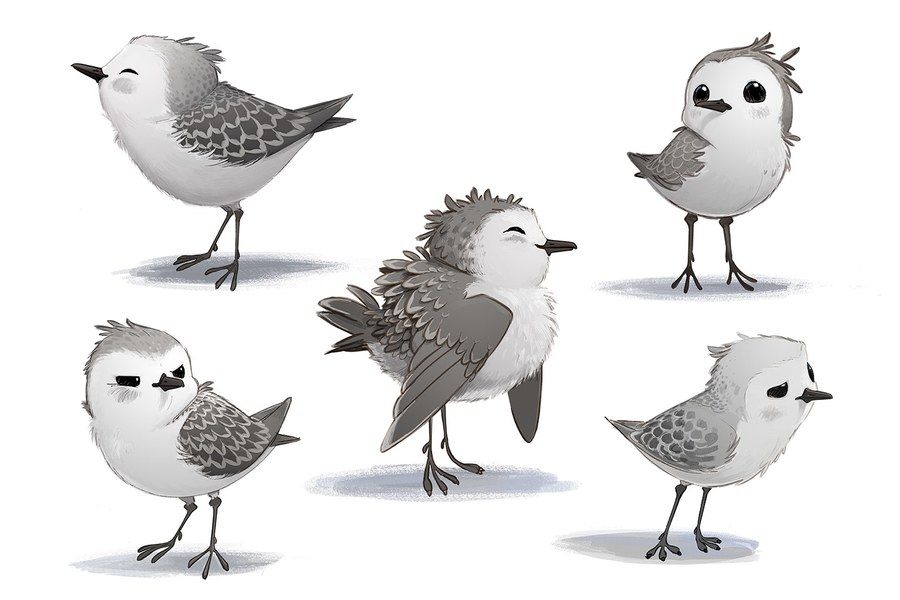 As the
bird gets older, the capacity of the crop increases, and the number of daily feedings will
be reduced. The volume to be fed is base upon a combination of observation and judgement.
As the
bird gets older, the capacity of the crop increases, and the number of daily feedings will
be reduced. The volume to be fed is base upon a combination of observation and judgement.
Procedure
Check the Fullness of the Crop
Nature designed a rather unique feature into the digestive system
of birds-a widening of the oesophagus at the lower pan of the neck This
widening acts as a compartment to hold a quantity of food, and is named
the crop.
The crop can be easily visualized in young birds while feathering is incomplete. In older birds with a well developed covering of feathers, the fullness can be checked by gently feeling the crop with a thumb and index finger.
The crop should be examined before each feeding. Ideally, in the rapidly
growing young bird, the crop should never be allowed to become completely
empty. Checking the crop fullness will help determine the frequency
and volume of feeding to be given. Normally the crop will empty in 4
hours. A crop that remains full or is not emptying properly indicates
some type
of problem.
Checking the crop fullness will help determine the frequency
and volume of feeding to be given. Normally the crop will empty in 4
hours. A crop that remains full or is not emptying properly indicates
some type
of problem.
Position Bird for Hand-Feeding.
Wild birds are best fed while in a nest box. They will open their beaks and gape,
making feeding very easy. Avoid excessive handling of wild birds. Pet birds are removed
from the nest box and placed on a towel. By cupping a hand gently around the baby during
feeding , adequate support will be given to position him for eating.
Shop Avian Adventures Lifetime Cages
On Sale now. Free Shipping.
Carefully Introduce Feeding Device into the Mouth.
The introduction of an eye dropper or syringe into the mouth is
relatively easy, as the baby birds will be eager to be fed and will be gaping
(opening the beak wide in order to receive the feeding).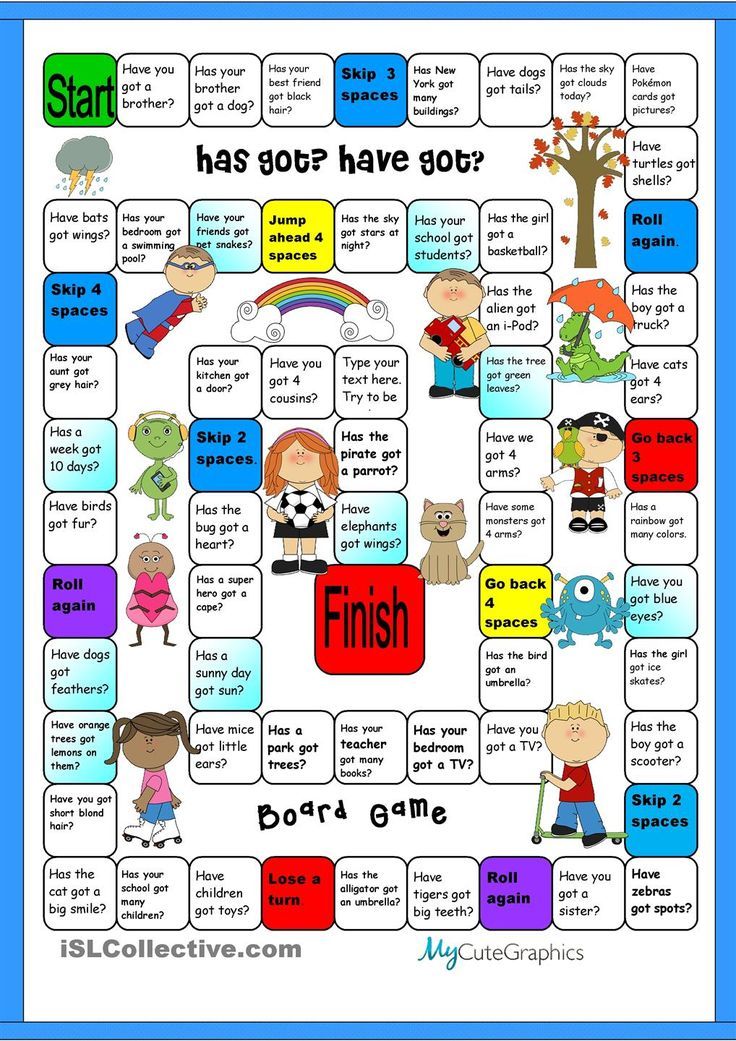 Occasionally, a
bird may not gape, and gentle tapping of the beak with the feeding device
will encourage the bird to open its beak. The device should be carefully
passed into the left side toward the right side of the mouth.
Occasionally, a
bird may not gape, and gentle tapping of the beak with the feeding device
will encourage the bird to open its beak. The device should be carefully
passed into the left side toward the right side of the mouth.
Administration of the formula should be synchronized with swallowing. Birds swallow with an unusual rhythmic bobbing of the head up and down. While the bird is swallowing, the formula is delivered quickly. With practice, a "feet" for the procedure develops, and, done efficiently, the filling of the crop can be accomplished in a surprisingly short time.
Volume of formula to be Given
The volume of food given is of critical importance. overfilling of the crop could
lead to backflow up the oesophagus, into the throat, and down the windpipe, which could
cause death. Under-filling the crop might result in starvation.
As t he food material is being delivered, the crop will begin to fill
and bulge in the region of the lower neck. Careful observation and experience
are necessary in order
to determine when the crop is adequately filled.
Careful observation and experience
are necessary in order
to determine when the crop is adequately filled.
Frequently, the bird will stop gaping when the crop is filled; however, some birds, will continue to gape even when filled. Watch closely when filling for any evidence of food material backing up into the mouth. If this occurs, immediately stop until the mouth is cleared.
When the bird appears to have had enough feeding material, determine the state of fullness of the crop to make sure a sufficient amount of feeding was delivered.
Any excess food material on the skin, beak or feathers should he removed
with warm water when the feeding is complete. It can be followed with a
few drops of warm water to aid in "cleaning the mouth." Feeding
utensils should be cleaned immediately after use. Check the anus to be
certain no fecal matter has accumulated. Ideally, monitor the bird's weight
daily with an accurate scale. A healthy baby gains weight daily.
Ideally, monitor the bird's weight
daily with an accurate scale. A healthy baby gains weight daily.
Preparation of Baby Bird Formula
Follow the manufacturer's directions when mixing the formula.
Important: "Use distilled or boiled water to eliminate bacteria growth from contaminated tap water." The water should be approximately 105-110 degrees. Add the water to the powder gradually while stirring. After thorough mixing to eliminate lumps, the formula should be the consistency of creamy pudding. This thickness will allow it to be drawn into an eye dropper or syringe or will roll off a spoon. For older birds the mixture may be made thicker.
Do not reuse mixed formula. Discard and mix fresh at each feeding.
If really necessary, sufficient amount of formula may be prepared at one time to last 3
days if covered and refrigerated after preparation.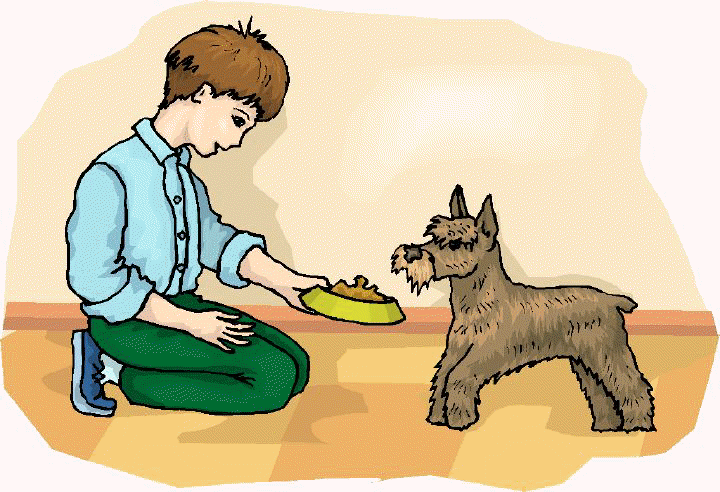 The amount needed for each feeding can
be heated and fed but not reused. Caution: You might need to add water in the heating
process. Diluting formula by increasing water will reduce the concentration of the diet.
The amount needed for each feeding can
be heated and fed but not reused. Caution: You might need to add water in the heating
process. Diluting formula by increasing water will reduce the concentration of the diet.
Temperature to Feed Formula
The formula should be served warm- 104-106 F- but not hot, as excess
heat may damage the digestive tract. It should feel Slightly warm to the touch. It is
highly recommended to use a thermometer to measure the temperature.
In order to maintain the heat of the hand-feeding formula mixture, a double-boiler type arrangement can be set up with the container of prepared formula placed in a bowl or pan of warm water during the feeding process.
Feeding Area
Psittacine birds while being fed should be placed on a surface, such as a towel,
where there will be insulative properties to prevent excess heat loss and a surface where
they can grip with their feet, preventing slippage and possible injury.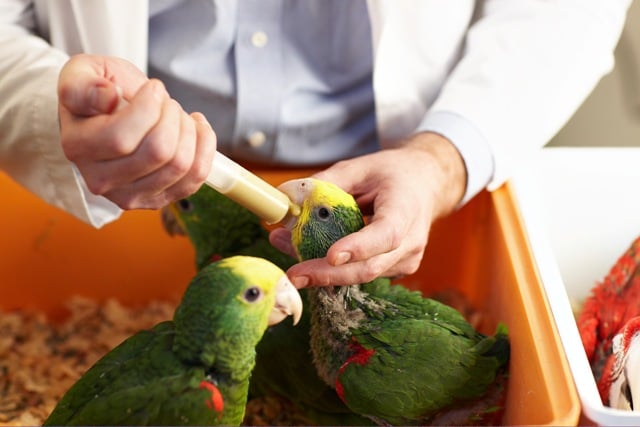
Frequency of Feeding
Cockatiels and Small Parrots
Baby birds can be removed from their parents from between 8 to 21 days. Waiting
until 2 1/2 to 3 weeks is safer for the beginner, as the bird is hardier due to the
presence of some feathering.
Hatching to 1 week.
If the bird was removed from the nest shortly after hatching, for whatever
reason, feeding requires special care. There should be no attempts to feed the bird for at
least 12 hours after hatching. The crop is very small and will hold only a limited amount
of food. After continued use, it will expand. The first feeding at 12 hours should be one
drop of water. Approximately 1/2 to 1 hour later, another drop of water may be given.
Feeding too frequently during this period may overload the crop and lead to aspiration and
death.
After these initial feedings, if the baby appears normal and is excreting,
a few drops of very thin formula can be given. In order
that the baby bird receive enough food, the hand-feedings are repeated every two hours around the clock.
In order
that the baby bird receive enough food, the hand-feedings are repeated every two hours around the clock.
One to two weeks - Birds can be fed every 2-3 hours around the dock. If the birds are kept especially warm and comfortable, the night feedings after midnight can be eliminated. However, feedings must begin again at 6:00 AM.
Two to three weeks - This is a relatively safe age to remove the baby birds from the nest for hand-feeding. It is easier to check the crop and feed them. The birds of this age can be fed every three to four hours from 6:00 A.M. to midnight.
Three to four weeks - Feed the birds every 4 hours. As feeding frequency tapers off, the formula can be slightly thickened. At 4 weeks, the birds can be put in a cage with low perches. Water in a bowl may be placed inside.
Five to six weeks - Feed the birds twice daily.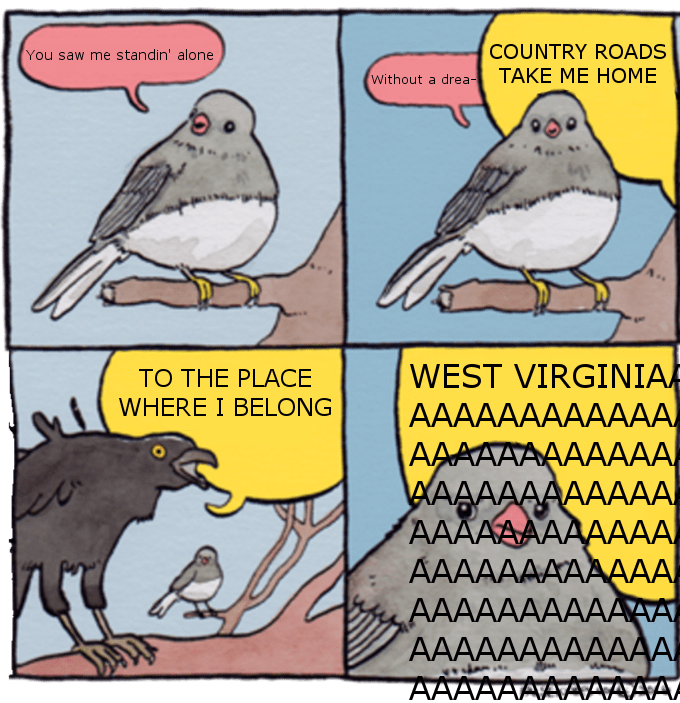 A pelleted bird food
and other foods may be placed in the cage to encourage the bird to eat on its own.
A pelleted bird food
and other foods may be placed in the cage to encourage the bird to eat on its own.
Seven weeks - Birds should be placed in a large cage with pellets in cups and scattered on the floor. Introduce the birds to a variety of succulent foods, but these should not make up more than 20% of the diet. Vegetables such as peas and corn are well accepted.
Weaning
Birds should not be weaned before 7 weeks, usually about 8 weeks. Before weaning
the bird off hand-feeding, keep close watch to see that the bird is actually eating
adequate amounts of pellets on its own and not merely nibbling at the food. Handle the
crop to determine the fullness and check the breastbone for degree of muscling. A weaning
bird may lose as much as 10% of it's weight normally. Any more than that may be an
indication of a problem. It is recommended that the bird be weighed regularly through this
period.
When first weaning the bird, give them pellets, as these are a nutritionally complete and balanced diet for the bird. It is a good idea to keep an older bird in a cage next to the cage with the young weanling to teach them to eat through mimicry.
If the baby birds are not weaned, they will become "spoiled" and will not eat on their own, preferring to be hand fed. However, if they are weaned too early, they will not eat adequately, gradually lose weight, become weak and die. Therefore, if baby birds are begging to be fed, even after they are weaned, there may need to be a reversal back to hand-feeding as they may not be eating adequately.
FREQUENCY OF HAND-FEEDING COCKATIELS and SMALL PARROTS
| Age in Weeks | Number of Daily Feedings |
0 |
Every 2 Hours (Around the Clock) |
| 1 | Every 2 Hours (Around the Clock*) |
| 2 | Every 3 Hours (6 a. m. to Midnight) m. to Midnight) |
3 |
"Safest" Period To Begin Hand Feeding Every 4 Hours (6 a.m. to Midnight) |
| 4 | Every 5 Hours (6 a.m. to Midnight) |
| 5 to 7 | Two Feedings Daily |
*If bird is kept especially warm and comfortable, the 2 a.m. and 4 a.m. feedings can be eliminated.
Weaning Period - Important -
Make sure bird is eating adequately on its own before discontinuing hand-feeding. Check
fullness of crop.
Housing and Heat
A small cardboard box approximately 12" x12"xl2" or a small fish
aquarium with layers of paper towels over a one inch padding of cloth towelling on the
bottom will serve as an incubator and holding area while the babies are young.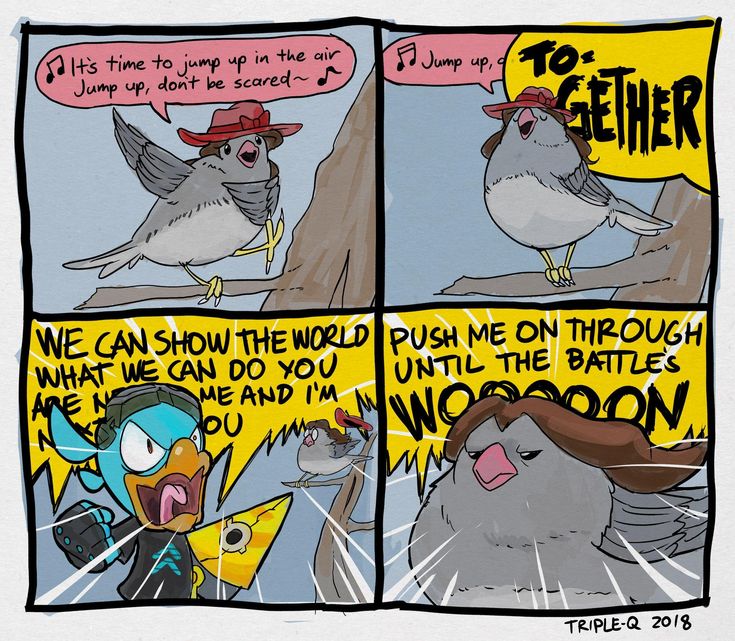 A heating
pad is placed under 1/2 of the box or aquarium. A towel is placed over the top. Either the
heating pad setting or the amount of the top that is covered by the towel may be adjusted
to provide a constant 85-90' for non-feathered birds. The temperature is gradually reduced
as they become feathered and mature. It is recommended to observe the babies carefully to
determine their comfort level. A cold baby will shiver and a baby that is too hot will not
sleep well and will breathe heavily through an open mouth. A bottle or tin filled with
water and holes punched in the lid to allow for evaporation will help to provide humidity.
A heating
pad is placed under 1/2 of the box or aquarium. A towel is placed over the top. Either the
heating pad setting or the amount of the top that is covered by the towel may be adjusted
to provide a constant 85-90' for non-feathered birds. The temperature is gradually reduced
as they become feathered and mature. It is recommended to observe the babies carefully to
determine their comfort level. A cold baby will shiver and a baby that is too hot will not
sleep well and will breathe heavily through an open mouth. A bottle or tin filled with
water and holes punched in the lid to allow for evaporation will help to provide humidity.
WILD BIRDS
Frequency of Feeding
The frequency and volume of feedings given to baby birds are largely determined
by their age. Judging the age of wild birds is difficult if untrained, so the best way to
determine feeding requirements is through the use of readily observable changes in the
bird. For example, whether or not the eyes are open, and if the bird is standing up
"off their hocks."
For example, whether or not the eyes are open, and if the bird is standing up
"off their hocks."
Before the eyes are open
If the baby birds appear strong and are peeping with their mouths gaping open,
then they can eat as much as they want. Ideally, baby birds of this young age should be
fed every 15-20 minutes until their eyes are open. They can go up to 30 minutes without a
feeding with no ill effects; however, more frequent feedings are preferred. They do not
require around-the-dock feeding as in nature, they are fed only during daylight hours. In
accordance with this, they are given feedings for a 12 hour period. Nonetheless,
hand-feeding wild birds is quite a commitment, as it requires nearly 50 feedings per day.
When the eyes are open
As the bird becomes older, the frequency of hand-feeding can be reduced and the
volume increased. Efforts can be initiated to get the bird to eat on its own.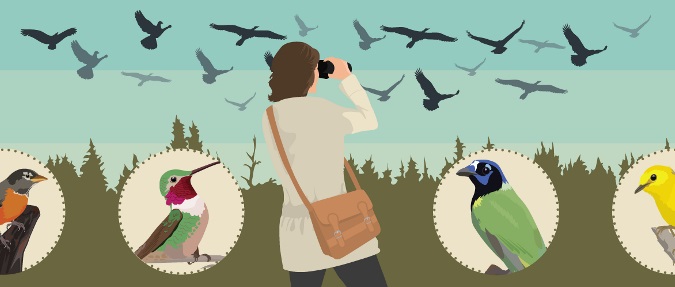 When a bird
initially opens its eyes, it can be fed every half hour unless hungry or peeping.
When a bird
initially opens its eyes, it can be fed every half hour unless hungry or peeping.
When birds are "off their hocks"
When birds become stronger and begin to stand on their legs ("off their
hocks'), then feedings can be given every 45 minutes. Time between feedings can steadily
increased, and when the bird is out of the nest, feedings can be given at 2 hour
intervals.
FREQUENCY OF HAND-FEEDING FOR WILD BIRDS
| Age | Number of Daily Feedings |
Before Eyes Are Open: |
Feed Bird Every 15 Minutes (12 Hour Period) |
| Eyes Are Open: | Feed Bird Every 30 Minutes (12 Hour Period) |
| Off Their Hocks | Feed Bird Every 45 Minutes (12 Hour Period) |
| Bird Out Of Nest: (Standing On Their Own) |
Feed Bird Every 2 Hours (12 Hour Period) |
*Wean at 15 Days
IMPORTANT-Bird must be eating adequately on its own.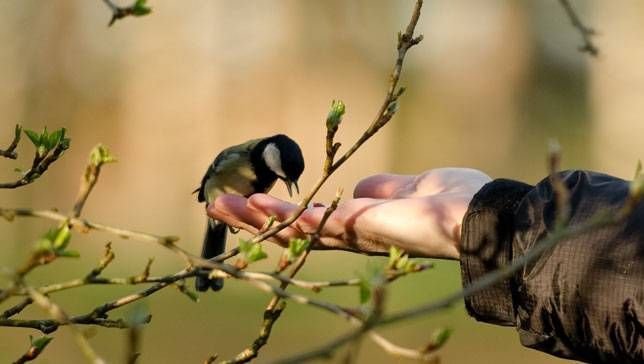
Weaning
Wild birds should begin showing interest in their surroundings and start to eat
on their own by 15 days. Provide live food (meal worms) and grass, twigs, etc. in the nest
to stimulate interest in the environment. Spreading seed on the bottom of the nest will
also encourage the bird to eat on its own.
During the weaning period, it is critical to keep a close watch on the bird in order that good nutrition is maintained. Many times, a bird may be pecking at seed, giving the impression that it is eating, when in actuality, it is not taking in enough for maintenance. Therefore, it is very important to observe if the bird is eating seed during this period and regularly check the crop for fullness.
If other young birds who are eating on their own are present, placing
the baby bird in the same cage will hasten socialization, and the bird
will
learn to eat on its own through the
imitation of others.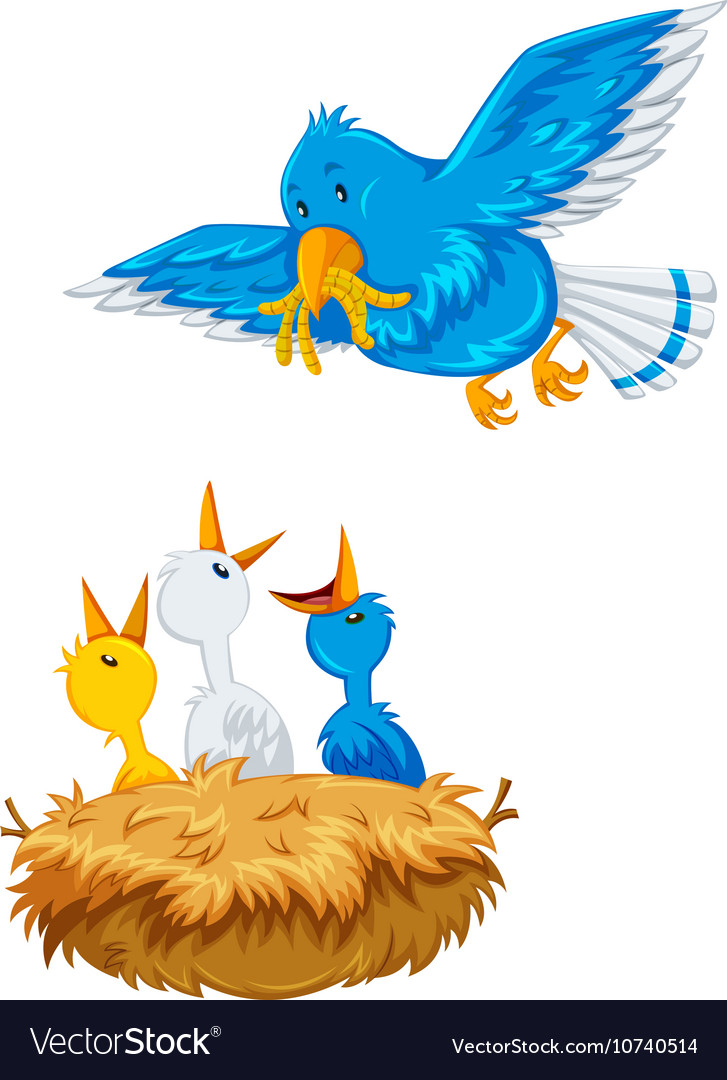
Housing For Wild Baby Birds
Following nature's design, a nest is constructed. The sides are formed from cloth
rolled to a diameter of 1 1/2 inches and then forming a circular shape like a doughnut.
The nest would have a diameter of 4-8 inches, depending upon the number and size of
the babies. The 1 1/2' height makes the sides of the nest sufficiently high to keep the
babies in the nest, but low enough to allow the baby bird to scoot backwards and pass his
waste over the side of the nest.
Paper towels are placed in the bottom of the nest to a depth of 1/2 inch and then placed over the top of the entire nest. The towels are arranged to form a sloping surface which enables the bird to back up to the top of the nest to eliminate, and the paper towels can be easily replaced to maintain cleanliness.
Heat and Humidity
To provide heat in the nest box, a heating pad can be placed under half of the
nest and dialed to a setting which will maintain temperature of 85-90 degrees for non
feathered birds and gradually reduced as they become feathered.![]() By placing heat under half
the nest, the bird is able to select the area where the temperature is most comfortable.
The box should be kept covered. A bottle or tin filled with water and holes punched in the
lid to allow for evaporation will help to provide proper humidity.
By placing heat under half
the nest, the bird is able to select the area where the temperature is most comfortable.
The box should be kept covered. A bottle or tin filled with water and holes punched in the
lid to allow for evaporation will help to provide proper humidity.
Caution
While raising wild birds is rewarding, please, do not make a wild bird a pet. For
more information contact your local Wildlife Agency, local Rehabilitation Center, Humane
Society, State Fish and Game Agency or the Federal United States Fish and Wildlife
Service.
Weaning Pet Birds With Avi-Cakes Food
Your pet birds have received a good start in life through the nutritional
benefits of Nutri- Start baby bird food. It is important to continue with high-quality
nutrition during the weaning stage and beyond. Lafeber's Avi-Cakes are an excellent
weaning food for your birds.
When birds reach the weaning stage, simply break Avi-Cakes into small
pieces and spread them near the babies.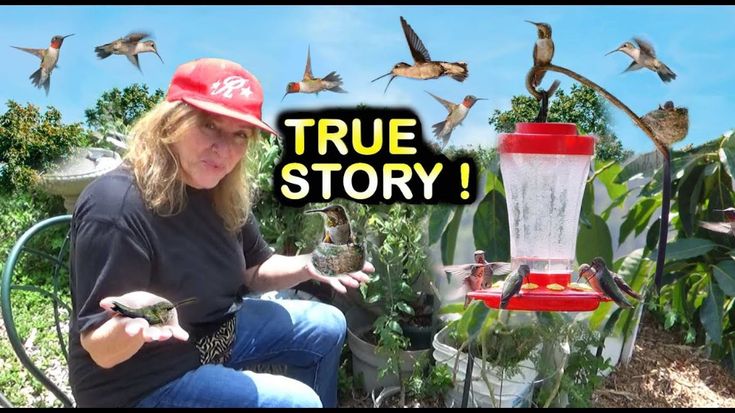 They will first investigate
the food; then, pick it up and start
self-feeding. (Supply fresh Avi-Cakes daily.) When the babies are eating
the Avi-Cakes you will first want to eliminate the middle of the day
hand-fed meal. As the birds continue
eating on their own, discontinue the morning and finally the evening hand-fed
meal.
They will first investigate
the food; then, pick it up and start
self-feeding. (Supply fresh Avi-Cakes daily.) When the babies are eating
the Avi-Cakes you will first want to eliminate the middle of the day
hand-fed meal. As the birds continue
eating on their own, discontinue the morning and finally the evening hand-fed
meal.
Since Avi-Cakes provide complete nutrition for pet birds, you may continue feeding Avi-Cakes or you may choose one of the other fine quality foods manufactured by Lafeber Company.
This bit of information was brought to you by Lafeber Bird Foods
Hand-raising and care of budgerigars (Melopsittacus undulatus)
Corina Gardner
Introduction
Budgerigars (Melopsittacus undulatus) or "budgies" are psittacine birds that belong to the order Psittaciformes.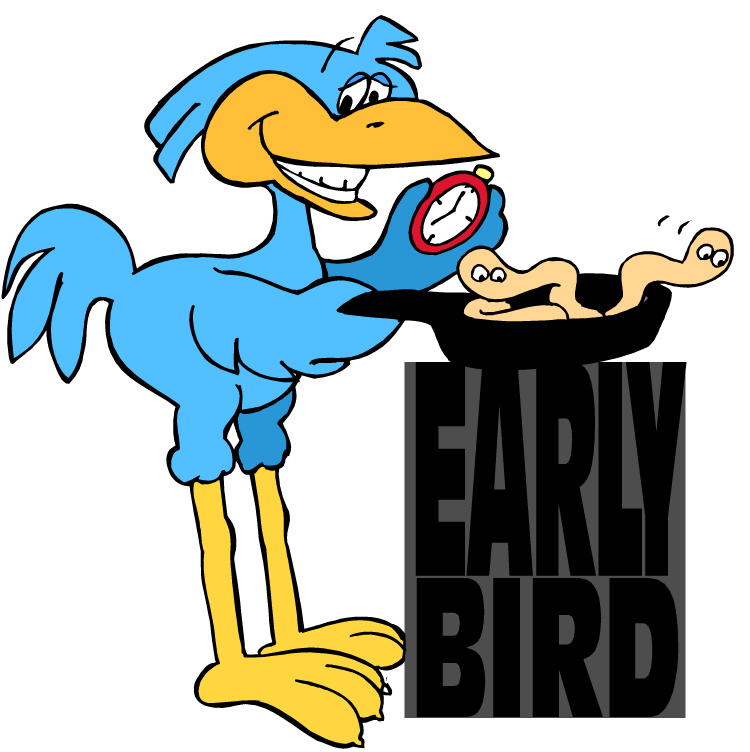 Budgerigars are originally from the grasslands, scrublands and open woodlands of Australia, and were first recorded in 1805. These little seed eating birds live in large flocks in Australia and feed on native grasses like Spiniflex, Mitchell's and Tussock, and plants such as Saltbush (Orache) and Tar vine (Red spiderling). They will also readily consume wheat and wild millet. They usually forage on the ground for food. In their natural habitat budgies nest in cavities in trees and hollow tree trunks as well as logs on the ground and often choose to live near bodies of water.
Budgerigars are originally from the grasslands, scrublands and open woodlands of Australia, and were first recorded in 1805. These little seed eating birds live in large flocks in Australia and feed on native grasses like Spiniflex, Mitchell's and Tussock, and plants such as Saltbush (Orache) and Tar vine (Red spiderling). They will also readily consume wheat and wild millet. They usually forage on the ground for food. In their natural habitat budgies nest in cavities in trees and hollow tree trunks as well as logs on the ground and often choose to live near bodies of water.
Captive bred budgerigars are found in an array of beautiful colors. These low-maintenance, lively birds make popular pets as they are very easy to tame, very energetic, playful, affectionate and intelligent. These little chatterboxes also make wonderful mimics. The males are more vocal than the females. They are also very social birds and enjoy the company of humans, in fact, people in the house inevitably become the bird’s family.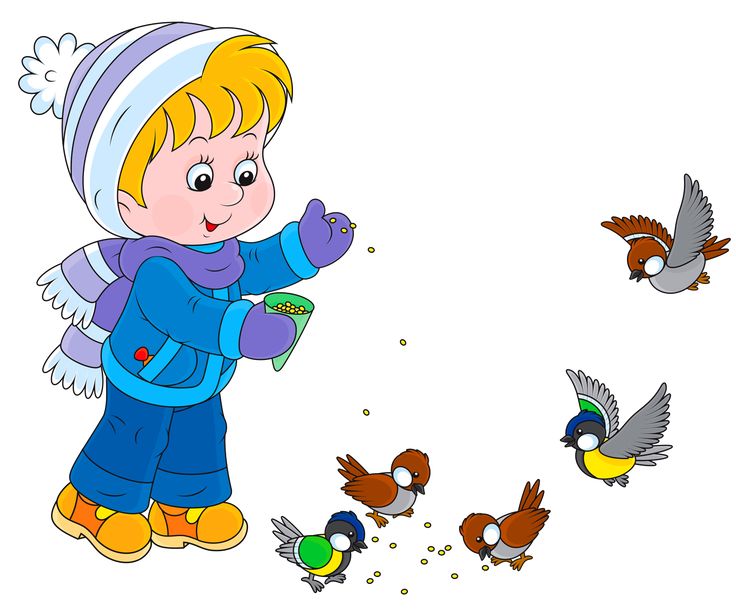 The life span of budgies in captivity is anywhere from 5-15 years.
The life span of budgies in captivity is anywhere from 5-15 years.
It is difficult to distinguish between young males and females, until the cere (the area on the upper part of the beak containing the bird’s nostrils) turns a distinct blue at roughly the age of 4 months for male parakeets. The female’s cere is pale brown or white, while the cere in pale pink in immature birds of both sexes.
General guidelines for hand-rearing baby Budgerigars
Hand rearing often becomes necessary when young and inexperienced parents may abandon their nests and refuse to feed baby birds. Such a situation would demand immediate intervention and you will have to care for the baby birds yourself.
Feeding and hygiene
A disposable syringe, which is easily available in most medical stores, can be used for feeding the young birds. Syringe feeding is faster and less messy. However, if unavailable, then the next best alternative would be to use an eye dropper or a plastic teaspoon.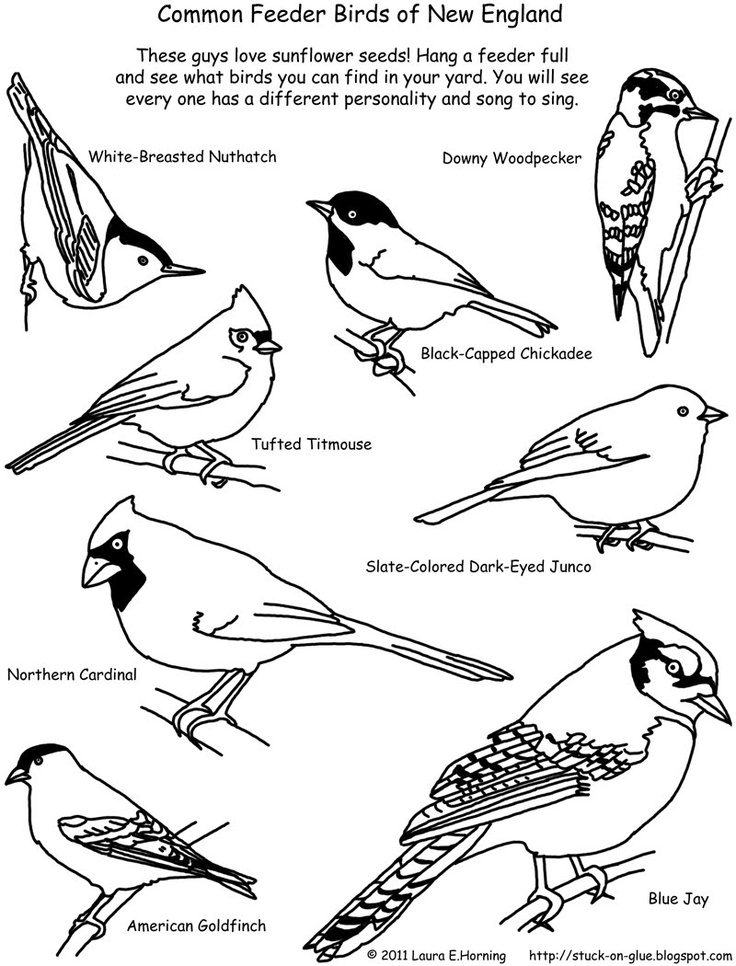 Spoon feeding maybe lengthy and messy, but its ultimately beneficial as you could use thicker consistency food towards the end of the hand rearing process. The slender tip of the spoon can be dipped in boiling water and then bent make a funnel, thus making it easy to use for hand feeding.
Spoon feeding maybe lengthy and messy, but its ultimately beneficial as you could use thicker consistency food towards the end of the hand rearing process. The slender tip of the spoon can be dipped in boiling water and then bent make a funnel, thus making it easy to use for hand feeding.
The last option would be a crop needle (medication tube). Crop feeding is the fastest, most effective method of feeding. A piece of pipe is fitted in front of the syringe and inserted through the beak into the crop. Crop needles, should be the last option and only used by an experienced handler as it can perforate the crop if not used carefully.
Feeders should be disinfected before and after use. The feeders (spoon, syringe or dropper, or crop needle) must be rinsed with warm water to remove any feed residues. Mild soap or detergent can be used to clean spoon feeders; however, it’s very essential that it must be washed thoroughly so that no soap residue remains. Droppers, syringes and crop needles all need to be sterilized before use.
Baby food formula
Baby bird formula, for example, Kaytee Exact, available in most pet stores would be an ideal feed. However, as it is not easily available in some parts of India, baby formula like Cerelac can be used instead. To ensure that the highest levels of hygiene are maintained, only boiled water must be used to prepare the feed. Water must be boiled and then cooled before use or the formula will be too warm for the chicks.
If however, neither of these formulas is available, then a piece of bread can be crumbled in lukewarm milk and fed to the young birds - but I would only use this as a last resort. The formula must be prepared in a glass container as plastic containers tend to harbor bacteria. Never prepare formula in dirty containers. Prepare food for just one feed at a time, and always discard any leftover food.
The consistency of the formula should be similar to that of a soft pudding – neither too thick, which would make it difficult for the baby to swallow and it may choke, nor too diluted as the baby could inhale the formula into its lungs causing aspiration.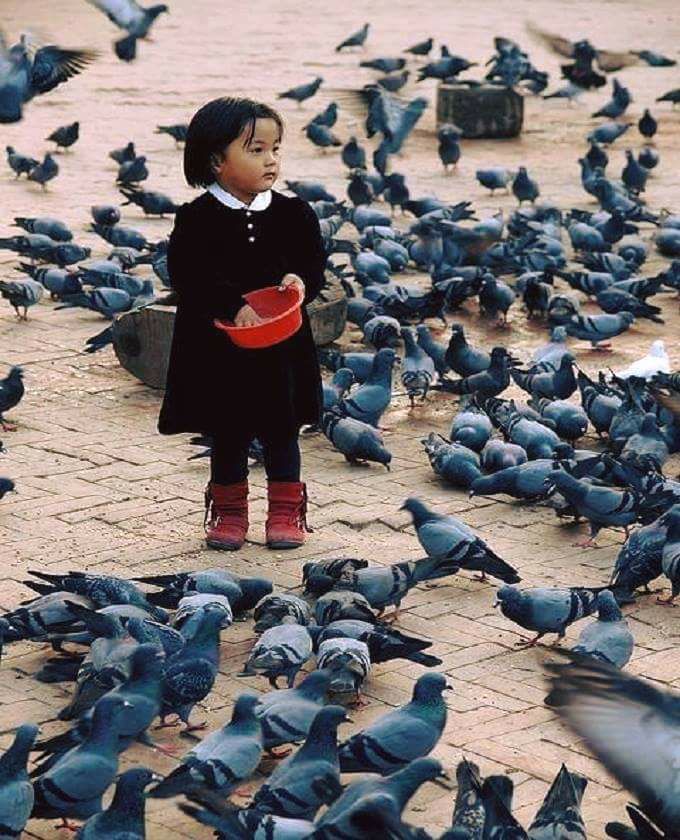 The formula must only be heated adequately before feeding the baby. Formula that is too hot will scald the baby bird’s crop, causing crop burn. Crop burn is the scalding of a chick’s crop and esophagus. For the same reason, formula must never be heated in a microwave. Formula which is microwaved causes hot spots – such unevenly warmed-up food will scald the bird’s crop causing crop burn. On the other hand, formula that is cold will cause ‘sour crop’. Sour crop is a condition in which the formula in the baby’s crop has gone bad and the contents of the crop has not emptied.
The formula must only be heated adequately before feeding the baby. Formula that is too hot will scald the baby bird’s crop, causing crop burn. Crop burn is the scalding of a chick’s crop and esophagus. For the same reason, formula must never be heated in a microwave. Formula which is microwaved causes hot spots – such unevenly warmed-up food will scald the bird’s crop causing crop burn. On the other hand, formula that is cold will cause ‘sour crop’. Sour crop is a condition in which the formula in the baby’s crop has gone bad and the contents of the crop has not emptied.
Feeding instructions
The baby bird can be placed on a napkin or towel on a table or kitchen counter so you can feed the baby in a comfortable position. Our aim is to emulate the parent bird as much as possible and provide a simulated environment that is as close as possible to its natural setting. Parent birds tap on the baby bird’s beak to stimulate the feeding response. So, gently tap the bay bird’s beak with the feeding instrument in a similar manner to encourage the feeding response.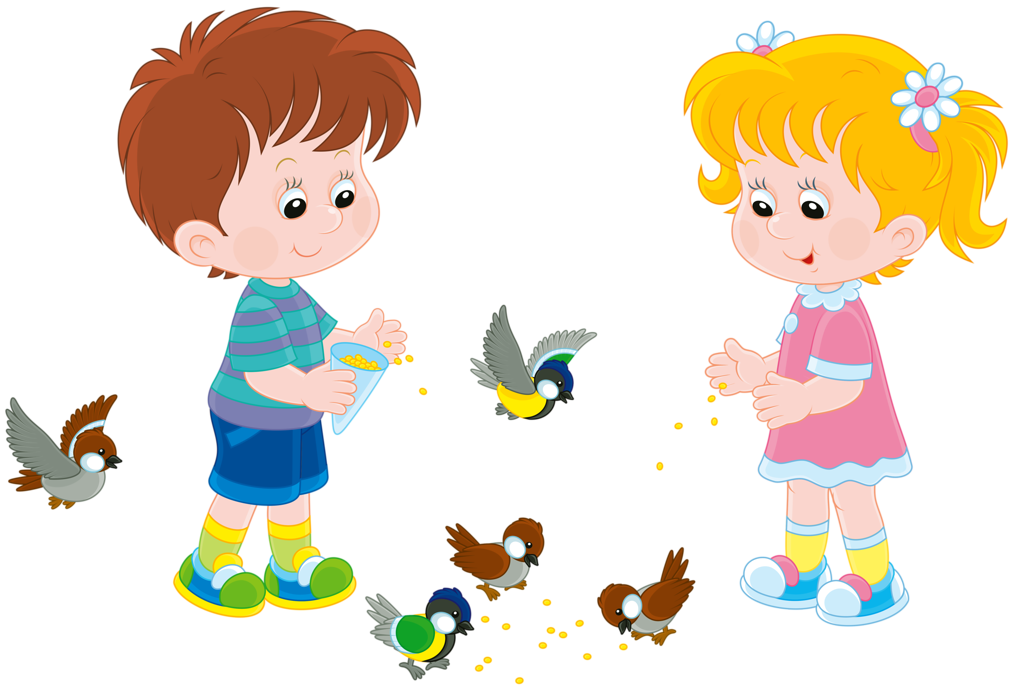 The feeding response is when the baby senses food and gapes, bobbing its head up and down. Parent birds then feed their chicks by inserting their beaks at an angle, through the side of the baby’s mouth. They then regurgitate the food deep into the baby bird’s mouth. Therefore, insert the tip of the feeding syringe at an angle at either sides of the baby’s beak. Press the plunger slowly, stopping every now and then, so as to allow the baby time to swallow. The speed of feeding must never be hastened. Enough time must be allowed for the baby to swallow its food before pressing on the plunger any further.
The feeding response is when the baby senses food and gapes, bobbing its head up and down. Parent birds then feed their chicks by inserting their beaks at an angle, through the side of the baby’s mouth. They then regurgitate the food deep into the baby bird’s mouth. Therefore, insert the tip of the feeding syringe at an angle at either sides of the baby’s beak. Press the plunger slowly, stopping every now and then, so as to allow the baby time to swallow. The speed of feeding must never be hastened. Enough time must be allowed for the baby to swallow its food before pressing on the plunger any further.
Once its crop is full, not over-extended, and it has had enough to eat, the baby will stop gaping and refuse to open its beak. Feeding must be stopped immediately. Over feeding can cause formula to flow into the throat and down its windpipe, which can be life threatening. The baby must not be forced to feed when it is reluctant to accept food. The beak and feathers of the baby must be wiped gently with a warm, damp cloth after feeding.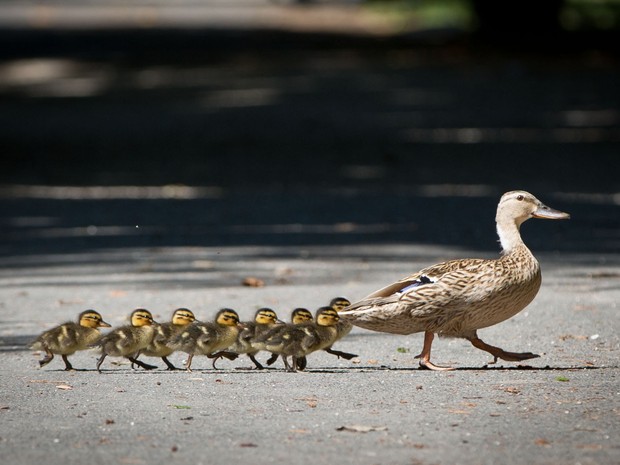
The baby’s crop usually empties within 4 hours. A crop that remains full or does not empty completely within that time indicates that there is a problem. Never feed the baby while there is leftover food in the crop, instead pour a few drops of lukewarm water into the bird’s beak and gently massage the crop, NEVER press too hard. The crop is a muscular pouch near the throat of the baby bird that is used to store excess food for subsequent digestion.
Stage-wise care of the chicks
1st Week
New born budgies are born pink, featherless, blind and totally helpless. The baby budgies’ peeps are a lot louder by day 5 and their movements increase. Even though their eyes are still closed, they can hold their head up by day 7. Fluffy down begins to cover the chicks in the first week of their lives.
Ideally, feeding should start at 6 a.m. and continue until midnight. The baby should be fed every 2 hours. A day old chick would require approx 1 ml of formula per feed, which can be gradually increased to 2 ml by the 4th day and 3 ml by 7th day. It is unnecessary to give the baby any additional water as they receive sufficient fluids in their feed itself. It is also unnecessary to feed the baby at night as in nature, parent birds as well as their babies sleep at night.
It is unnecessary to give the baby any additional water as they receive sufficient fluids in their feed itself. It is also unnecessary to feed the baby at night as in nature, parent birds as well as their babies sleep at night.
2nd – 3rd Week
Pin feathers begin to erupt in the second week of the baby’s life & the eyes usually open around the 8th -10th day. By the 3rd week the baby is covered with down, and pin feathers and tail feathers are also visible.
By the 2nd week, the baby can be fed every 3 hours. The feed quantity must be increased to 4 ml per feed. Feeding must still begin by 6 a.m., however, the last feed could be given by 10 p.m.
The consistency of the formula can be thickened by the 3rd week and the feed quantity can progressively be increased to 5 ml per feed. The frequency of feeding can be decreased to a feed every 4-5 hrs.
4th – 5th Week
The baby birds start to develop flight feathers by this age and are now called fledglings. They also start foraging (searching for food) themselves by this age. Scatter some grain on the floor of the cage as soon as the chicks leave the nest; this encourages them to peck for themselves. Feed quantity can now be increased to 6 ml per feed and the frequency of feeds can be decreased to 2-3 feeds a day. The weaning process must begin by the time the baby is 5 weeks old.
They also start foraging (searching for food) themselves by this age. Scatter some grain on the floor of the cage as soon as the chicks leave the nest; this encourages them to peck for themselves. Feed quantity can now be increased to 6 ml per feed and the frequency of feeds can be decreased to 2-3 feeds a day. The weaning process must begin by the time the baby is 5 weeks old.
Weaning foods such as greens, bits of toast and bread, crushed and grated boiled eggs (along with the shell) and cream cracker biscuits can now be offered to the young birds. This mixture is an easily digestible substitute and ideal during rearing of young birds. Mixed bird seeds such as millet (durra), foxtail millet (kheri), finger millet (ragi), sunflower seed, etc. should also be given to the birds.
6th – 7th Week
The young bird is quite independent now and must be transferred to a cage. Although they feed well by themselves at this age, they must be watched vigilantly to ensure they are eating well. If necessary, feedings can be continued once or twice a day for a few more days.
If necessary, feedings can be continued once or twice a day for a few more days.
Once shifted to a cage, it must be ensured that the cages are spacious enough to allow free movement between perches. Perches should be placed just above the floor of the cage so that the bird can easily climb onto them. Place a shallow bowl of water at the bottom of the cage. The cage must be located in a well lighted location with a source of natural light such as sunlight, but well away from direct sunlight. Avoid exposing the birds to a cold breeze or draught, especially at night, as this causes chills and other health problems.
Fresh, natural branches of Indian lilac or neem (Azadirachta indica) and other trees should be provided as perches as this helps to keep the feet and claws of the birds healthy and strong. It not only strengthens their jaws and sharpens their beaks but keeps them occupied as well. Birds are otherwise prone to boredom and feather plucking.
It’s advisable to cover the cage with a cloth at night as it gives the bird a feeling of security.
8th- 9th Week
By 8 to 9 weeks of age, the bird should be completely weaned.
The young birds will attain their adult plumage by 3-4 months of age.
Adult bird diet
Mixed bird seed, which is available in most pet stores, should also be given to the bird. In the event that bird seed is unavailable then large millet seed (bajra), finger millet (ragi), foxtail millet (kheri), sunflower (suraj mukhi) seed, safflower (beni or kardi) seed, pumpkin (kaddu) seed (pepitas), boiled maize (makki) and soaked gram (chana) can be provided. It’s always advisable to offer the young bird’s entire or un-hulled seeds as hulled seeds tend to decay and mold.
Seeding grass, French beans, and carrots are always a welcome treat as well. Green leafy vegetables such as lettuce, mustard sprouts, millet sprouts and fenugreek (methi) leaves is essential along with other weaning foods. Cuttlebone is a good source of calcium, and also helps trim their beaks.
Foods that must be avoided
Foods that are toxic for cockatiels include apple pips, avocado (makhanphal), cherries and peaches (aadu).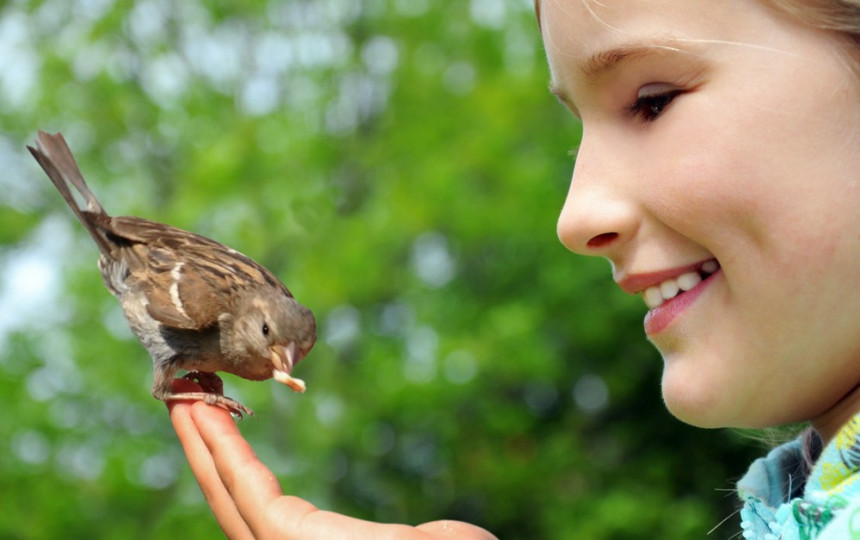 Never give your birds chocolate, as it may make your bird seriously ill.
Never give your birds chocolate, as it may make your bird seriously ill.
Housing the young birds
A shoe-box or small cardboard box with adequate holes for ventilation, a wicker basket or even a small aquarium may be used to house the young birds. The box can be lined with a soft towel at the base and a few layers of tissue papers on top of the towel, making it easy to change the paper towels when dirty. The box must be placed in a warm, dry place, preferably near a source of warmth. A heating lamp, with a light bulb of maximum 40 watts, can be placed above the box. The lamp must be placed at least 12” away from the box. The ideal temperature for the baby birds would be about 35.5° Celsius (or 96° Fahrenheit). Again, it is crucial to be vigilant and ensure that the baby is not being overheated. A clear indication of overheating would be when the baby’s beak is open (as if panting) and wings are held away from its body. On the other hand, if it’s huddled and shivering, it is not receiving enough warmth.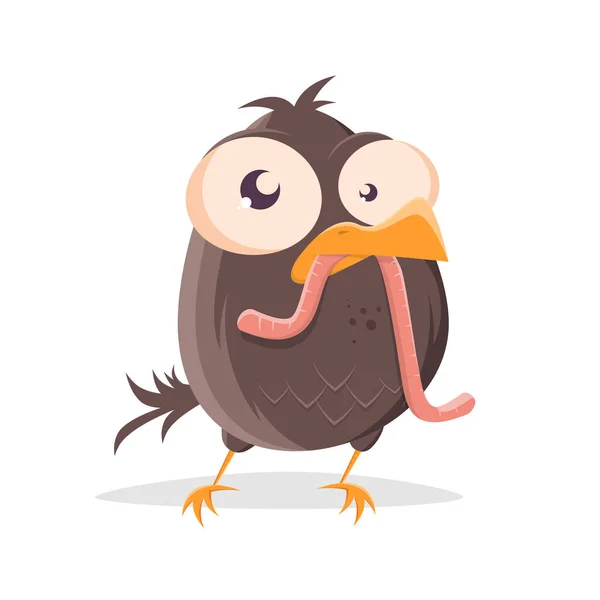 At night, partly cover the box with a light towel to keep out the light from the heating lamp and thus enable the baby to sleep.
At night, partly cover the box with a light towel to keep out the light from the heating lamp and thus enable the baby to sleep.
It must be noted that the purpose of the lamp is to provide warmth alone, and not light, and it must never interfere with the natural light patterns and disrupt the baby bird’s sleep cycle. In nature, budgies nest in hollow tree trunks in wooded areas, where not much light enters. Even when in captivity, the parent bird sits on the baby, shielding it from most of the light.
The heating lamp may be discontinued after the baby crosses 2-3 weeks of age and is covered with its first layer of feathers. Ants are a real danger to baby birds and can fatally hurt them. It must be ensured that there are no ants in the vicinity of the bird.
Housing for breeding
Cages for breeding budgerigars should be an average size of 20”X20”X50”. The nest-box in the breeding cage should be 9”X11”X12” with a 2” opening. The nest-box can be mounted on the outside of the cage.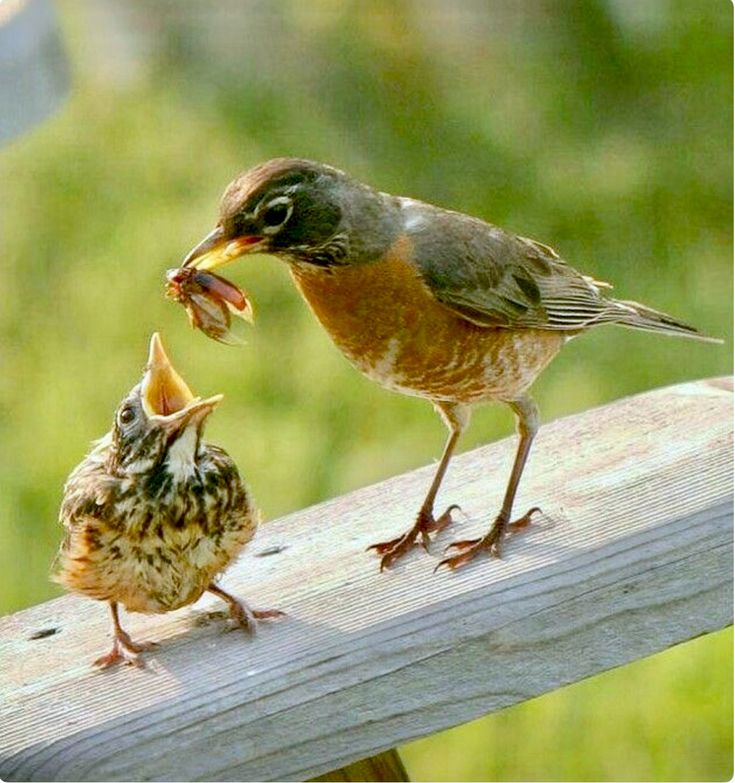 Most cages now come equipped with a small door at the side of the cage which can be used as an entry to the nest-box. If on the other hand birds are housed in aviaries then the box can be placed inside the aviary itself. Nesting material should consist of pine shavings, shredded paper & freshly cut grass.
Most cages now come equipped with a small door at the side of the cage which can be used as an entry to the nest-box. If on the other hand birds are housed in aviaries then the box can be placed inside the aviary itself. Nesting material should consist of pine shavings, shredded paper & freshly cut grass.
The female budgie lays her eggs on alternate days until the female lays about 4 or 6 eggs. Incubation occurs soon after the hen lays the 2nd egg, and the first chick hatches after 18 days. Do not disturb the parents when they are sitting on the eggs. The female rarely leaves the nest and is fed by the male. Once the chicks hatch they are fed by their parents, who bring up a thick, milky substance which forms in their crops. However, if you find that the parents are not feeding the baby and the baby is getting progressively weaker, then the only option would be that the baby would have to be removed from the nest and hand fed. Keep in mind that a newborn baby is often not fed for about the first 8 hrs of its life.
Feather care
Preening
Budgies frequently preen their feathers. Birds use their beaks to preen their feathers and keep them in good condition. Preening is an essential way for birds to keep their feathers neat and trim.
Molting
The first molt of a budgie occurs when the budgie is around three months old. Molting is a natural process when the baby feathers are replaced by brighter plumage, after the first molt the budgie molts throughout the year and loses a few feathers every now and then.
Bathing your bird
A bath once or twice a week during the summer months and once a week in the winter or monsoons should suffice. Birds that enjoy their baths would appreciate frequent opportunities to bathe, while those that don’t must not be forced. Each bird is different and some may prefer a spray of water while others may prefer a dish of water.
Spray misters or plant sprayers (plant atomizer mister) are ideal giving your bird a mist bath.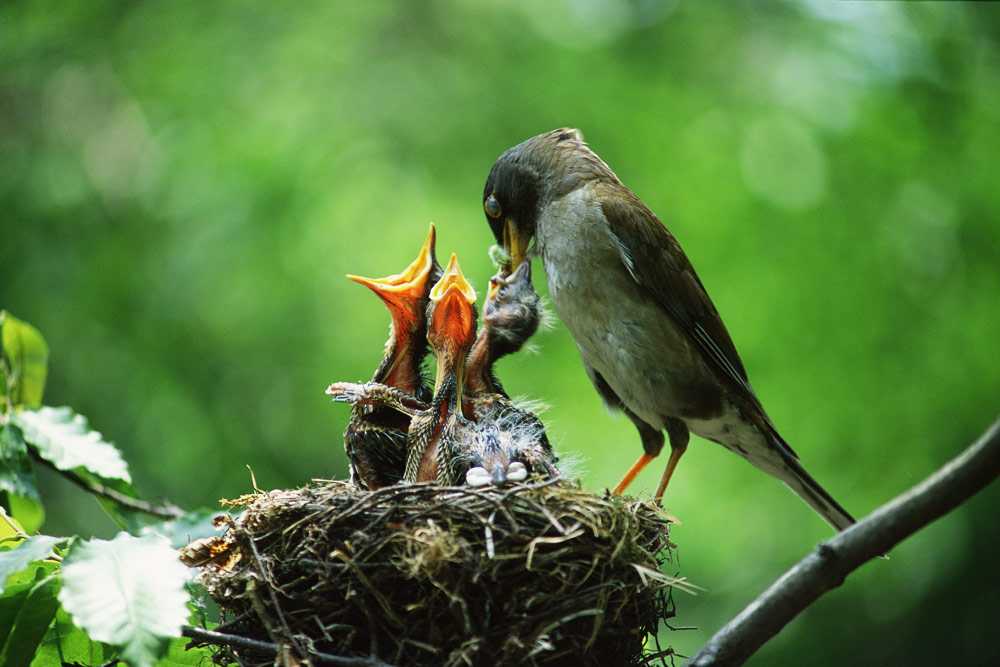 The mister may be filled with warm water – hot water must never be used. Spray just above the bird’s head, so that the spray settles gently on the bird. It’s also a good practice to provide a shallow dish of water for the birds to bathe in.
The mister may be filled with warm water – hot water must never be used. Spray just above the bird’s head, so that the spray settles gently on the bird. It’s also a good practice to provide a shallow dish of water for the birds to bathe in.
Many a time you’ll find your bird flapping its wings and hanging upside down from its perch, this usually indicates that the bird wishes to bathe. Some may even sit in their water bowl or dip their head in-and-out of the bowl to indicate their wanting to bathe. You will know that he is enjoying his bath when he puffs out his feathers, raises both his wings up and away from his side and leans forward.
Signs of distress
If the budgie sits quietly with his feathers rumpled up, and you notice green watery droppings, he's probably got a chill. In the event that the bird suffers an upset stomach or diarrhea, indications of which include watery green droppings, a pinch of Ridol or Kaltin or any other binding tablet can be crushed and mixed in a half container of water and offered instead of plain drinking water. Although the bird should be better in a day or two, the medicine may be added for an additional day to ensure complete healing.
Although the bird should be better in a day or two, the medicine may be added for an additional day to ensure complete healing.
Egg binding
Egg binding is a medical condition when a female bird is unable to expel an egg. Egg binding can pose a serious threat to cockatiels. Younger females are at a greater risk of dying from egg binding. In the event that a female cockatiel is suddenly puffed-up and listless, it is quite likely due to egg-binding.
The female must immediately be placed in a small cage or shoe-box and provided with quiet and additional warmth. A heating lamp would be ideal. Castor oil or even cooking oil can be gently applied in to the birds vent or cloaca, with a Q-tip (a cotton bud) to lubricate the area and facilitate the passing of the difficult egg. One drop of castor oil given orally will also help the passage of the egg. If these basic requirements are provided it is unlikely that the bird will suffer any serious health issues.
Release of birds
Release of pet birds into the environment is just not an option. Lengthy durations of time spent in captivity can result in loss of survival capability. Hand-reared birds and ‘cage birds’ usually lack the survival capability to defend themselves and will become easy prey. And as they are vulnerable and unable to fend for themselves, they will surely be attacked and killed by other predatory birds such as hawks, kites, shikras, crows, etc. Another factor would also be locating shelter in bad weather conditions. They will also be vulnerable to other predators such as cats, snakes, rats, etc. unless they can locate for themselves a safe place to roost.
Lengthy durations of time spent in captivity can result in loss of survival capability. Hand-reared birds and ‘cage birds’ usually lack the survival capability to defend themselves and will become easy prey. And as they are vulnerable and unable to fend for themselves, they will surely be attacked and killed by other predatory birds such as hawks, kites, shikras, crows, etc. Another factor would also be locating shelter in bad weather conditions. They will also be vulnerable to other predators such as cats, snakes, rats, etc. unless they can locate for themselves a safe place to roost.
They also have a huge disadvantage competing for food. In their natural habitats, birds such as budgies, cockatiels, lovebirds, etc. forage for grain, feed on grass seeds, leaves, vegetables and fruit. Locating such food sources, especially in environments in which they are not native, would be extremely difficult. Needleless to say, this would be even more difficult in a city.
It must also be noted that the color of wild budgies is green, which gives them superb camouflage and helps them blend in with the environment. Captive-born budgies, on the other hand, are available in an array of colors from a stunning white to bright yellows and blues. These birds are so brightly colored that they completely stand out against the native fauna and easily attract the wrong attention and fall prey. Their chances for survival are therefore be extremely slim and such birds must never be released in the wild.
Captive-born budgies, on the other hand, are available in an array of colors from a stunning white to bright yellows and blues. These birds are so brightly colored that they completely stand out against the native fauna and easily attract the wrong attention and fall prey. Their chances for survival are therefore be extremely slim and such birds must never be released in the wild.
References
Edmund Wyndham (2006) Environment and food of the budgerigar Melopsittacus undulates. Available from:
http://onlinelibrary.wiley.com/doi/10.1111/j.1442-9993.1980.tb01231.x/abstract [Accessed: 24/06/2012]
Rob Marshall and Jean Marshall (2004) Breeding behaviour of the wild budgerigar. Available from:
http://www.birdhealth.com.au/bird/budgie/wildbudgie.html[Accessed: 24/06/2012]
Roman Tronicek and Gaby Schulemann-Maier (undated) Birds online: Everything about budgies. Available from:
http://www.birds-online.de/allgemein/australien_en.htm [Accessed: 24/06/2012]
Photographs used
Corina Gardner.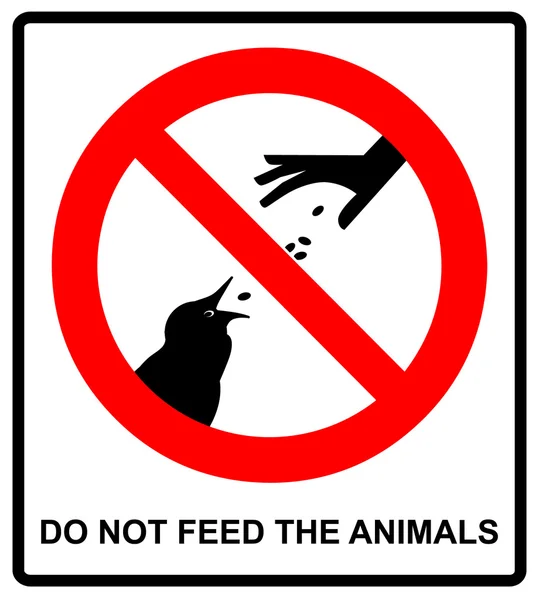 Bent spoon feeder.
Bent spoon feeder.
Devna Arora. Disposable syringe feeder.
Isidro Vila Verde. Adult budgie. Available from:
http://www.flickr.com/photos/jvverde/510026697/sizes/z/in/
photostream/ [Accessed: 10/06/2012]
Julian Robinson. Female and male budgerigars. Available from:
http://www.flickr.com/photos/ozjulian/4374205181/sizes/o/in/
photostream/ [Accessed: 10/06/2012]
Julian Robinson. Wild flock of Budgerigars. Available from:
http://www.flickr.com/photos/ozjulian/4025170161/sizes/o/in/
photostream/ [Accessed: 10/06/2012]
Kutzo Cat. 1-7 day old baby. Available from:
http://www.flickr.com/photos/29320814@N03/3266883173/sizes/
o/in/photostream/ [Accessed: 15/06/2012]
Kutzo Cat. 1 month old budgie chicks. Available from:
http://www.flickr.com/photos/29320814@N03/3421376267/sizes/
o/in/photostream/ [Accessed: 15/06/2012]
Max Exter. Budgies bathing: Available from:
http://www.flickr.com/photos/mexter/132987384/sizes/z/in/
photostream/ [Accessed: 12/06/2012]
Michael, DK.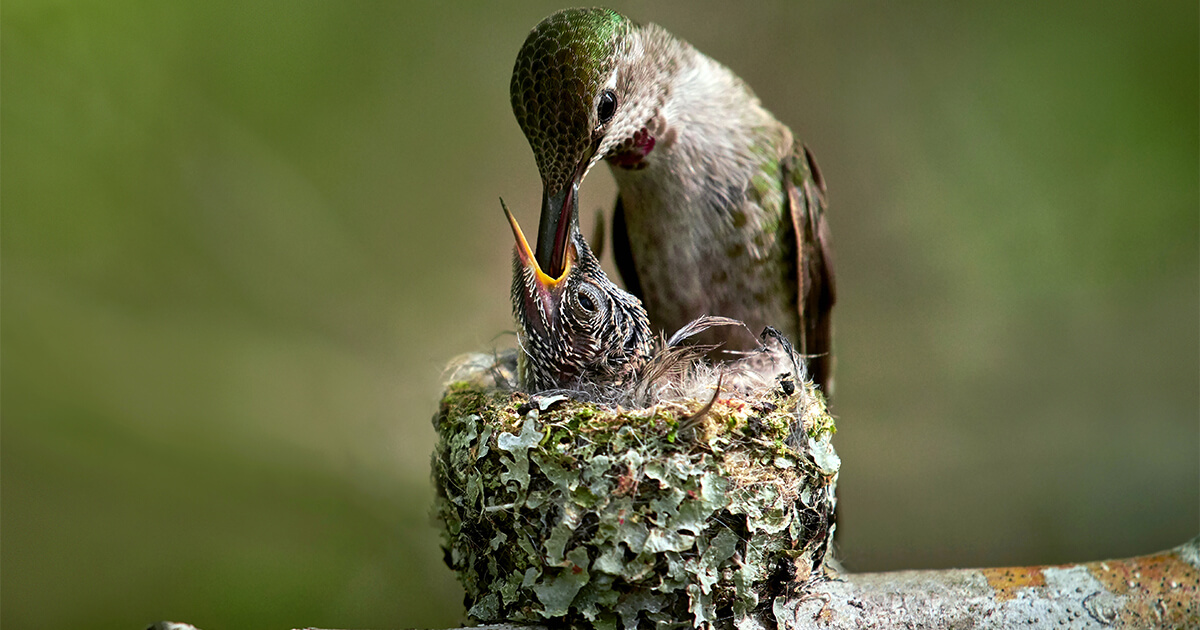 3 week old budgie. Available from:
3 week old budgie. Available from:
http://www.flickr.com/photos/michael_l/652427161/sizes/z/in/
photostream/ [Accessed: 11/06/2012]
Edited by Devna Arora
Published in 2012
FEED THE BIRDS IN WINTER
Friends!
Colds are coming, and we traditionally begin to feed the birds, laying out food in feeders and hanging lard on trees. THE BOTANICAL GARDEN-INSTITUTE ACCEPTS BIRD FEED AND PROTEIN. We have a lot of feeders in the Arboretum, and in winter we regularly monitor their fullness. Well-fed birds survive the cold more easily and are more likely to survive until spring.
Feed the birds in winter!
Let from all over
They will flock to you like home,
Stakes on the porch.
Their food is poor.
A handful of grain is needed,
One handful - and they will not be afraid of winter.
How many of them die - do not count,
It's hard to see.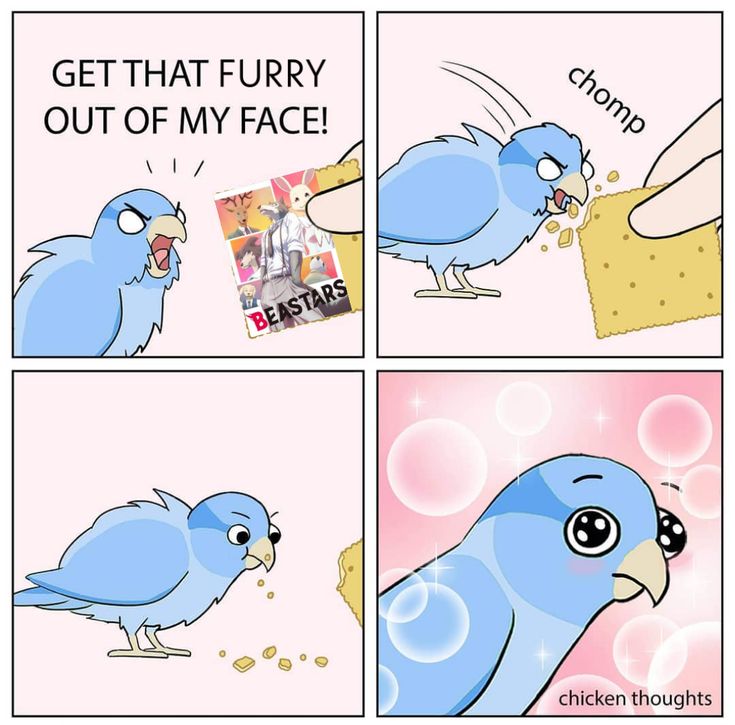
But in our heart there is
And the birds are warm.
Is it possible to forget:
Could fly away,
And they stayed for the winter
Along with people.
Train the birds in the cold
To your window,
So that without songs it was not necessary
We welcome spring!
Alexander Yashin
What can you feed the birds in winter
In winter, each type of bird eats a certain type of food. The species composition of visiting birds will also depend on what you pour into the feeder. The following are the main foods that can be used in winter top dressing:
1. GRAINS - MILLET, OATS, WHEAT
The favorite food of some birds are the seeds of various plants, especially cereals. Sprinkling millet or oats into the feeder will attract sparrows, goldfinches and other grain-eating birds. Birds in winter can be fed with wheat bran, hard oatmeal, poppy seeds, pearl barley. Some birds eat corn and watermelon seeds, which must be crushed beforehand.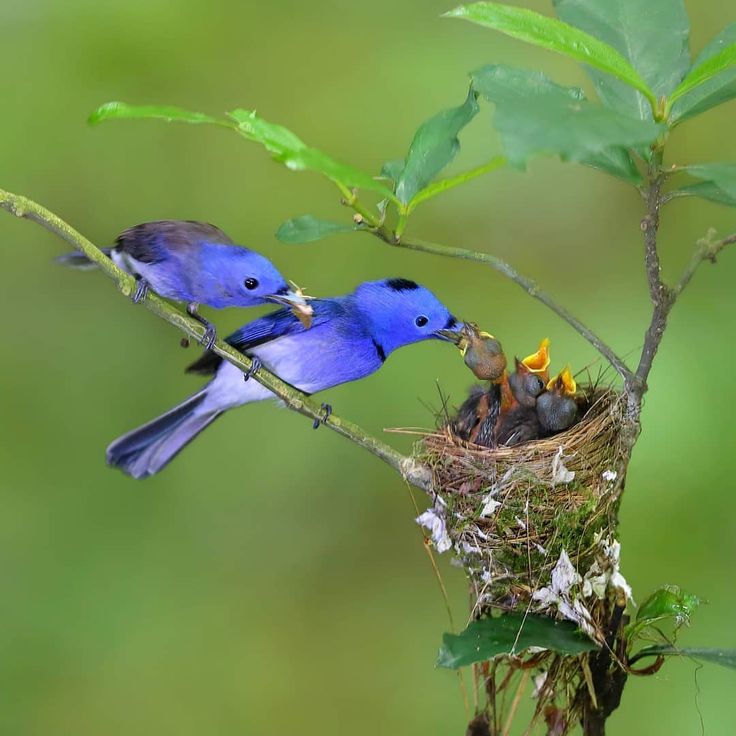 If you are interested in breeding useful birds in your garden, then in the fall prepare weed seeds - nettles, quinoa, burdock, thistles, and pour them into the feeder in winter. But keep in mind that this will be only an insignificant addition to the main feed. it is more correct to plant mountain ash, viburnum, hawthorn, buckthorn, bird cherry and other berry trees and shrubs on your feeding area. nine0003
If you are interested in breeding useful birds in your garden, then in the fall prepare weed seeds - nettles, quinoa, burdock, thistles, and pour them into the feeder in winter. But keep in mind that this will be only an insignificant addition to the main feed. it is more correct to plant mountain ash, viburnum, hawthorn, buckthorn, bird cherry and other berry trees and shrubs on your feeding area. nine0003
2. SUNFLOWER SEEDS
The most versatile food for wintering birds. It can be eaten by both granivorous birds and tits, nuthatches, woodpeckers. The large amount of vegetable fats inside sunflower seeds makes them an important source of energy in cold winter conditions. If there is monotonous food in the feeder, sunflower tits will look for additional protein animal food.
3. SALO, MEAT
These products can also be used for winter bird feeding. They are very fond of tits, nuthatches and some other species of birds. But it is worth remembering that only unsalted lard or meat can be offered to birds. As a rule, pieces of bacon are strung on twine, which is hung on tree branches. Top dressing from fat or meat should be placed in such a way that it does not go to crows, magpies, jackdaws, as well as cats and dogs. nine0003
As a rule, pieces of bacon are strung on twine, which is hung on tree branches. Top dressing from fat or meat should be placed in such a way that it does not go to crows, magpies, jackdaws, as well as cats and dogs. nine0003
You can put a small piece of butter in the feeder. On especially frosty days, this product will help the birds survive.
4. DRIED ROWAN AND HAWTHORN, ROSE HIP, VELLOW
Berries of mountain ash and hawthorn attract the most beautiful winter birds - bullfinches and waxwings, mountain ash.
Dried berries and fruits. Make a bunch of dried fruits and berries. Using a needle, put pieces of dried apples, pears, plums, apricots on a strong thread, form a lump and hang near the feeder. You can offer the birds the pulp of a pumpkin. Cut through "windows and doors" in it, so that the birds can get inside. They themselves will choose what to try - seeds or pulp. Tie a small pumpkin by the tail with a strong rope and hang it from a thick branch. nine0003
nine0003
Apples that start to spoil should also not be thrown away. Cut the apple in half, put it in a feeder or hang it on a wire.
5. MAPLE AND ASH SEEDS
The seeds of these trees are also called lionfish. Most of them fall from the trees and become inaccessible to birds. Lionfish are harvested in autumn and hung on feeders. Bullfinches, waxwings and some other visitors to bird canteens like to eat them.
6. FOREST NUTS, CONES, ACORNS
Cones are the main food of crossbills and woodpeckers in winter.
Jays have been stocking acorns since autumn, hiding them in secluded places. In winter, hidden food is a good help. Having prepared cones, nuts and acorns since autumn, you can attract not only woodpeckers and jays, but also squirrels to your feeder.
7. CALCIUM SUPPLEMENT
During the nesting period (not necessarily in winter), garden guests still need to be fed foods that contain calcium. You can put pre-boiled, ground eggshells or pieces of chalk to the feeder. nine0003
nine0003
WHAT NOT TO FEED BIRDS
-
It is strictly forbidden to feed birds with fried, salty (salted fat or meat), sour foods.
-
You can not give fresh white and especially rye bread, these products cause fermentation in the goiter of the bird.
-
It is also impossible to feed birds with citrus fruits, banana peels, peanuts, spicy foods, pieces of pies and whites, chips, potatoes. nine0003
Publication date: 11/15/2022
Feeding birds - is it always a good deed and how not to harm | Petrozavodsk SPEAKS | Newspaper "Petrozavodsk" online
Birds need to be fed in winter - that's how we were taught at school, right? Does anyone remember how to do this? Very soon, in kindergartens and schools, our children will be given the task of making feeders. Can we give the right advice?
Feeding birds in Karelia in winter is not only a good deed, but also an important support for birds in cold weather, because without human help it can be difficult for them to spend the winter. But it turns out that not everything is as simple as it might seem at first glance. It is important not only to properly build a feeder and hang it in a suitable place, but also to choose food that suits our birds. We talked about how to behave with birds in winter with Andrey Tolstoguzov, an employee of the Institute of Biology, KarRC RAS. nine0003
But it turns out that not everything is as simple as it might seem at first glance. It is important not only to properly build a feeder and hang it in a suitable place, but also to choose food that suits our birds. We talked about how to behave with birds in winter with Andrey Tolstoguzov, an employee of the Institute of Biology, KarRC RAS. nine0003
– Winter is almost here. Now many will feed the birds. Is it necessary to do this at all?
– It is definitely necessary to feed the birds. Children usually do it with pleasure, at the same time they get to know the representatives of the flora and fauna of their region, learn to love nature. But for whom this is even more important, it is for birds.
For example, part of the duck population is now wintering in the city. For the last two years I have been studying this phenomenon in detail and found out that the urban population is growing in number - in the winter of 17/18 there were 1200 ducks in the city, and in the winter of 18/19th - already 1500. And in the 90s there were dozens of individuals. The population grew mainly due to the fact that the locals fed the ducks.
And in the 90s there were dozens of individuals. The population grew mainly due to the fact that the locals fed the ducks.
Small passerines also depend on constant feeding. Tits, for example, look for sources of food at the end of autumn and then feed only at their expense. Therefore, if you undertook to feed the birds, this should not be a one-time action.
We made a feeder - keep the food in it constantly. If you stop adding food (which often happens when people get tired of it), this dooms the tits to death, since they will no longer be able to look for new sources of food. nine0003
– What to feed the birds?
- It is worth feeding unroasted and unsalted sunflower and pumpkin seeds. In frosty weather, the seeds need to be crushed. Crushed peanuts, unsalted lard, oats, millet, and wheat can also be good top dressing. You can give slices of apples.
What should not be fed is salty, spoiled, sweet or fried foods.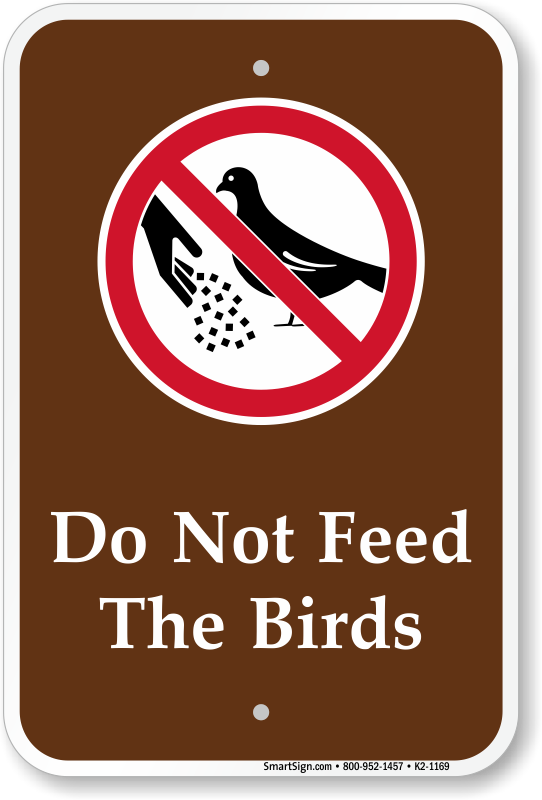 Contrary to stereotypes, you should not give bread, especially black bread, because it is poorly digested and does not provide much energy. However, if in frosty weather there is a choice: to feed the birds with bread or not to feed at all, then it is better to feed them. Without food, they will simply die of cold. nine0003
Contrary to stereotypes, you should not give bread, especially black bread, because it is poorly digested and does not provide much energy. However, if in frosty weather there is a choice: to feed the birds with bread or not to feed at all, then it is better to feed them. Without food, they will simply die of cold. nine0003
– Should all birds be fed?
- Indeed, not all birds are equally resourceful in finding food. Crows and gulls, for example, get their food in the garbage, it is easier for them to survive the winter than for smaller birds. I would suggest feeding the less resourceful and less protected birds, but it's actually quite difficult to control who gets your food. If you are making a feeder, you can make the entrance holes so that large birds simply cannot climb into them. nine0005
By and large, there are no exceptionally harmful birds (as well as animals in general). It's just that there are more or less vulnerable at the moment. Among the Petrozavodsk birds, crows are less vulnerable, so they have a large number.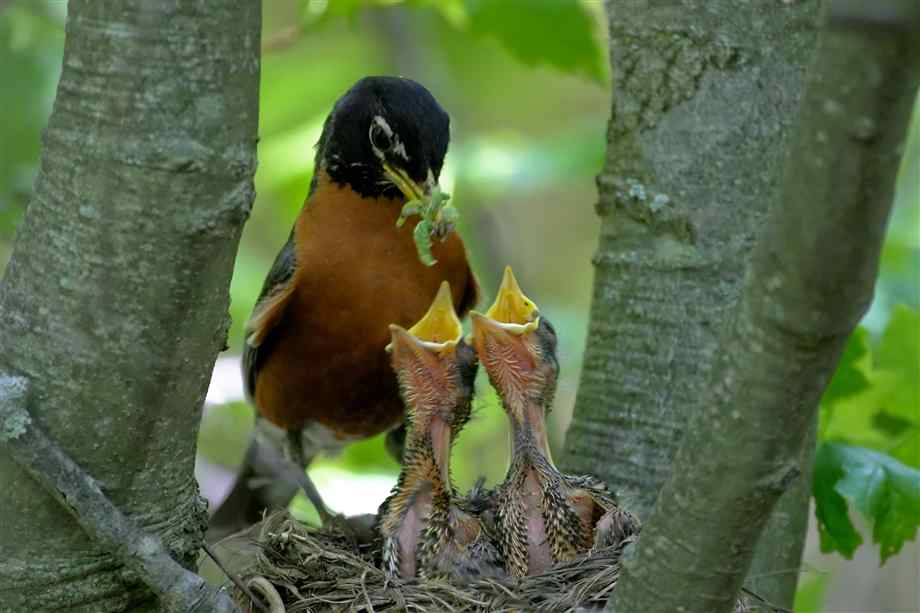
– How to make feeders correctly?
– A proper feeder must have a roof so that the feed does not get wet in the rain. In addition, it is necessary to make bumpers so that food does not spill out in windy weather. But the sides should not be made very large so that the bird, sitting on them, can reach the food. nine0003
I would also advise you to make not a hanging feeder, but on a pole. A third of the length of the pole must be dug into the ground so that the structure does not fall. Such a feeder is better protected from wind and squirrels.
If you decide to make a hanging feeder, then it is necessary that it be heavy and not sway in the wind. The ropes with which it is attached to the base should be short (for the same reason). And it’s better to use wire for fastening in general, then the feeder will hardly swing.
nine0004 But even more important are the rules for caring for the feeder. It is necessary to constantly remove wet and spoiled food, as well as dirt.

